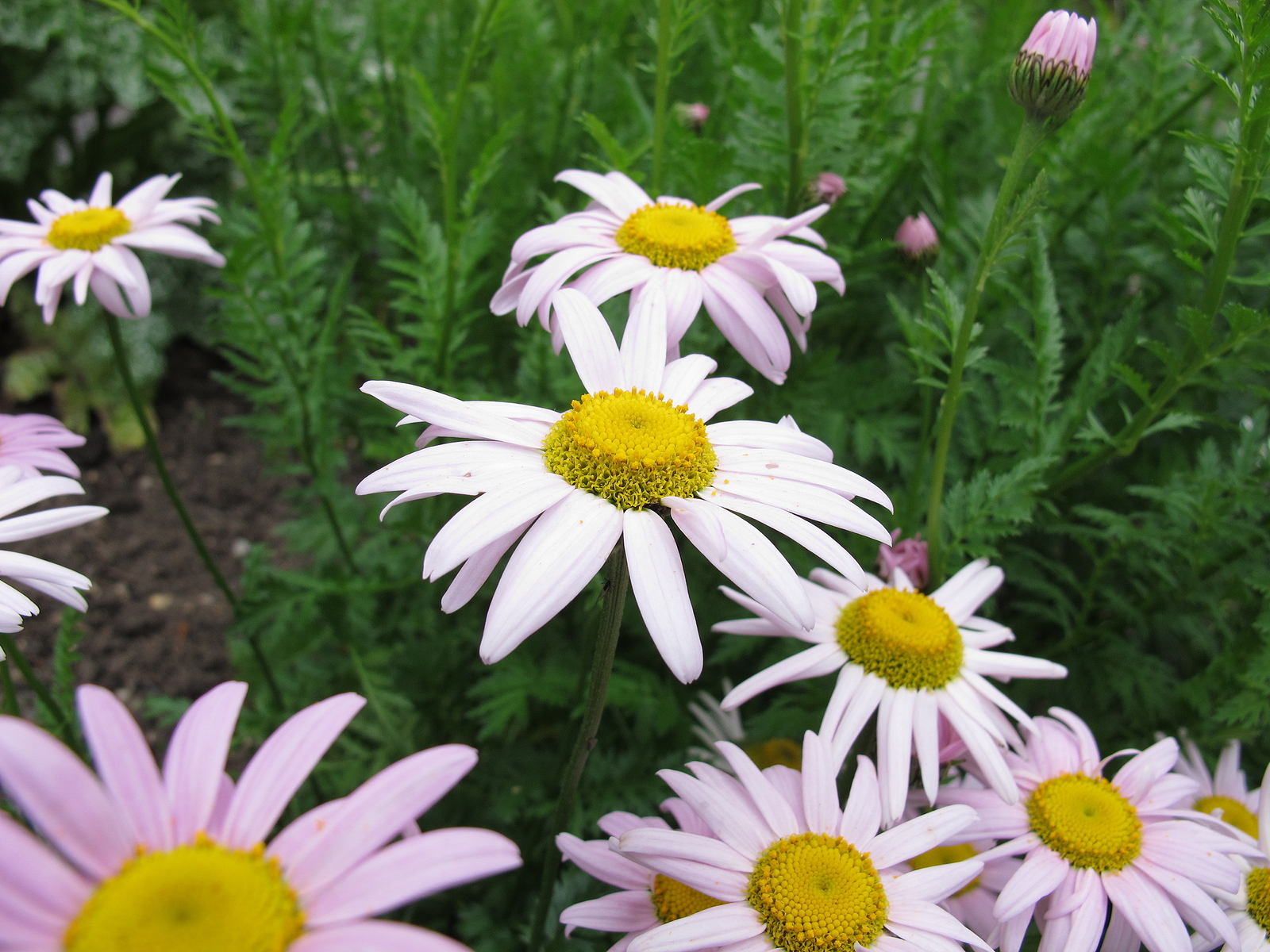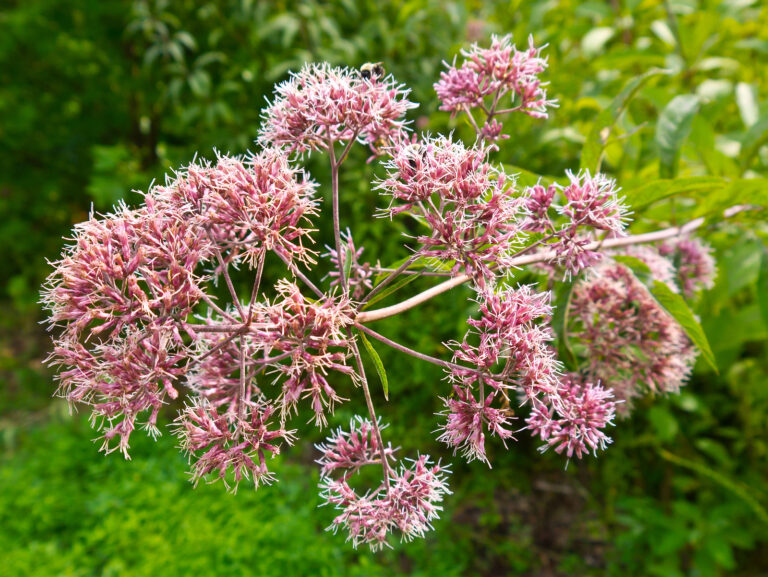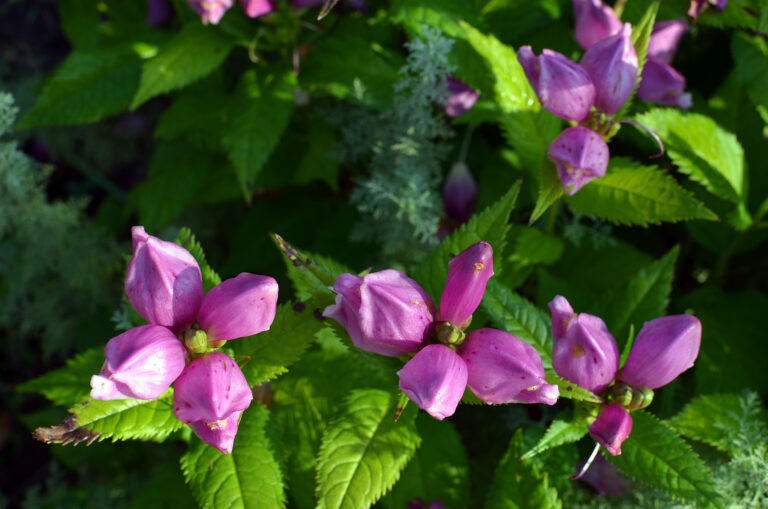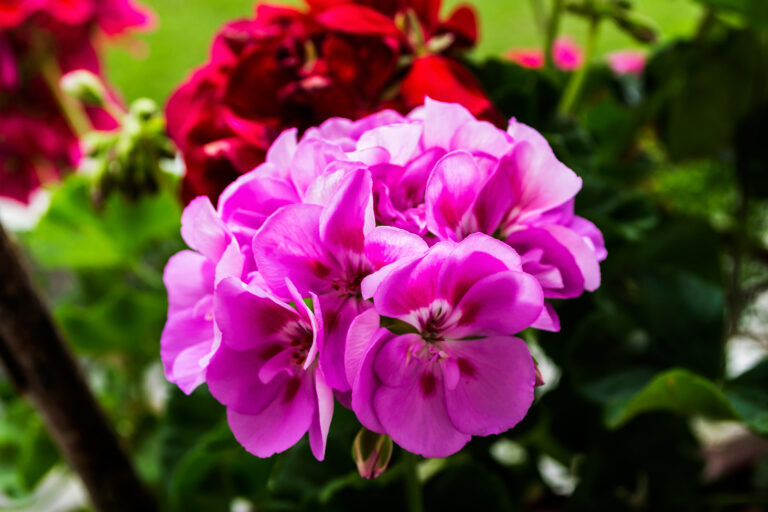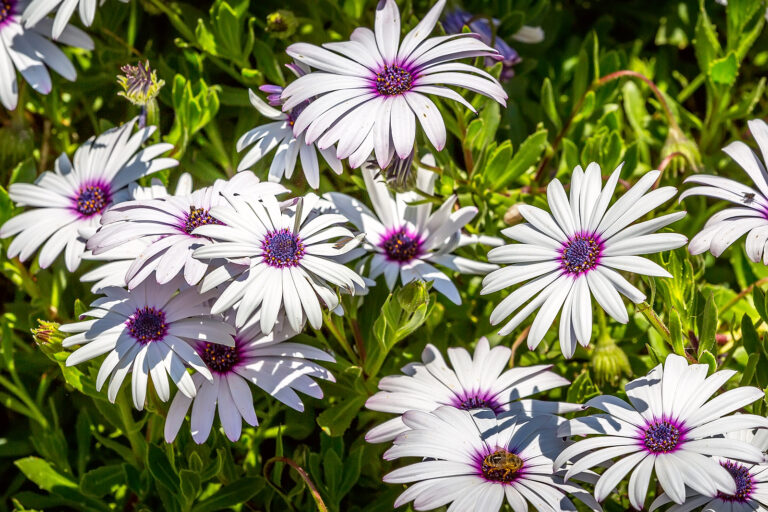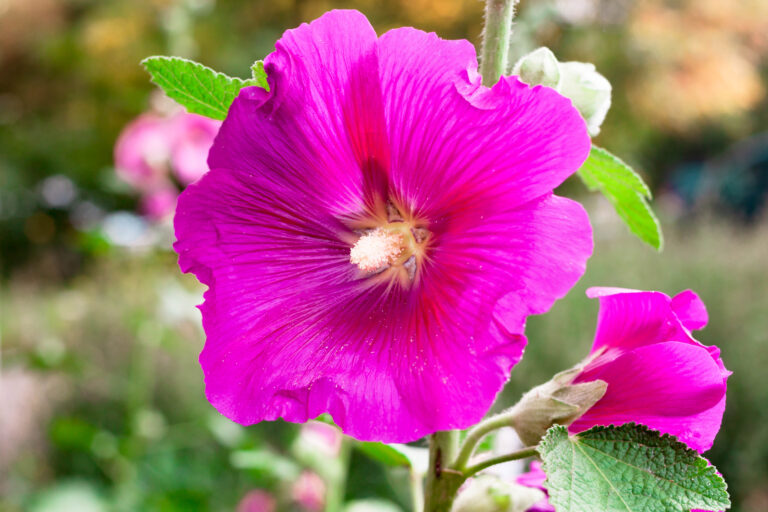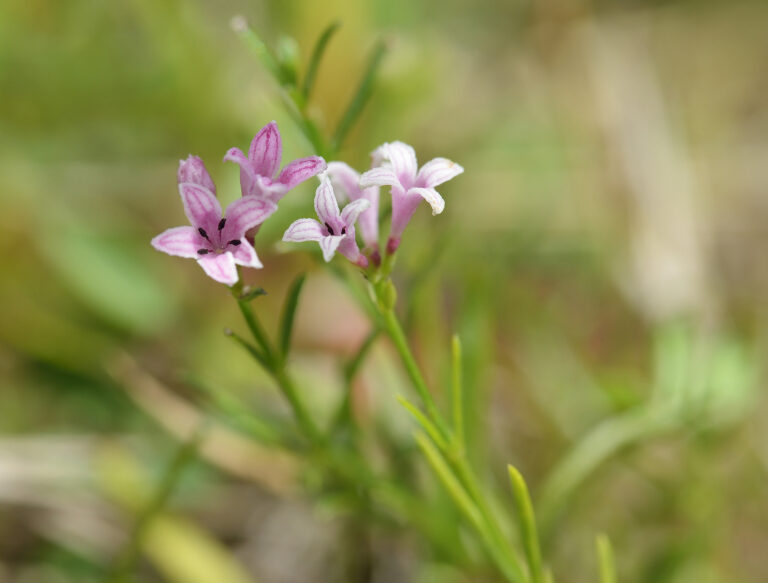How to Grow Tansy — Tanacetum
Tanacetum is a genus of about 70 annuals, perennials, and subshrubs with daisy- or buttonlike flowers that are commonly white, pink, or yellow. Summer-blooming flowers are borne singly or in clusters.
Tanacetums have decorative toothed or scalloped, most aromatic basal leaves. Tanacetums are well suited for mixed borders, rocks gardens, and wild gardens.
Members of this genus have been classified in various genera including Chrysanthemum, Pyrethrum, an Matricaria.
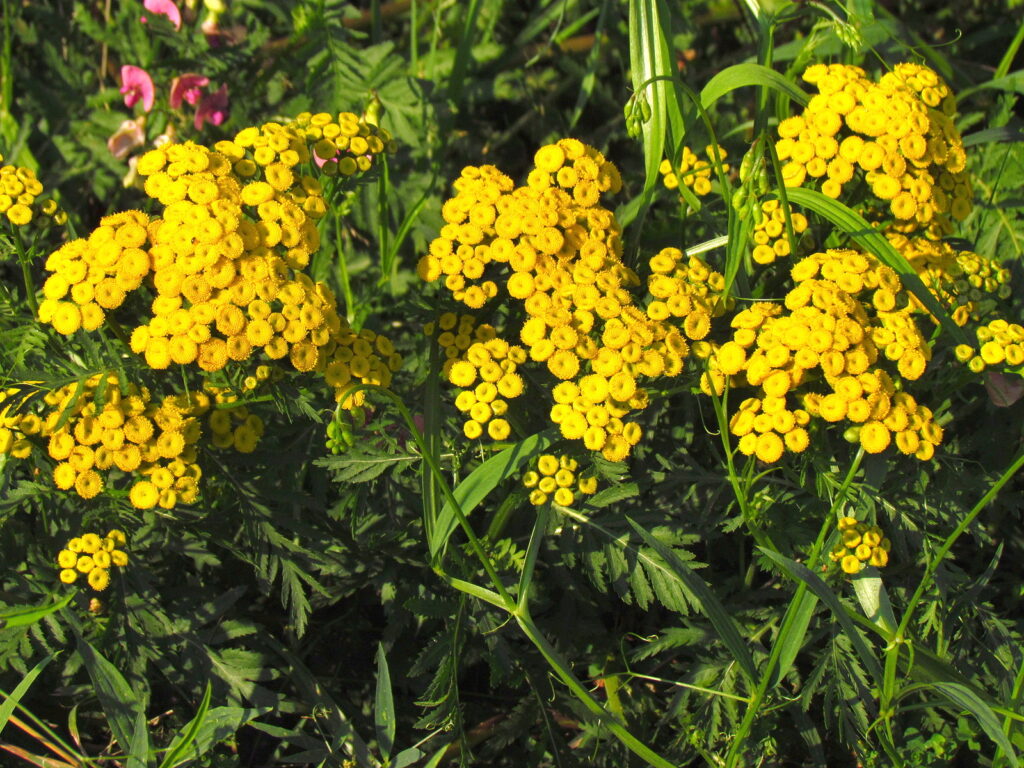
Get to know Tanacetum
- Plant type: Perennial
- Growing zones and range: Zones 3 to 9 depending on the variety.
- Hardiness: Cold hardy
- Height and width: 18 to 36 inches (45-91cm) tall and half as wide depending on the variety
- Foliage: Leaves are toothed, lobed or deeply cut in a feathery fashion
- Flowers: Daisy- or buttonlike flowers carried singly or in clusters; centers or “eyes” can be surrounded by petal-like ray florets surround dense cluster of yellow disk florets
- Bloom time: Summer
- Uses: Beds, borders, containers
- Common name: Painted daisy, tansy
- Botanical name: Tanacetum species
- Family name: Asteraceae
Where to plant Tanacetum
- Plant Tanacetum in full sun.
- Tanacetum will grow in average, well-drained soil. Sandy-loam is ideal.
When to plant Tanacetum
- Sow seed indoors 3 to 4 weeks before the last frost in spring.
- Sow seed outdoors after the last frost in spring.
- Seed germinates best at 50°-55°F (10-13°C).
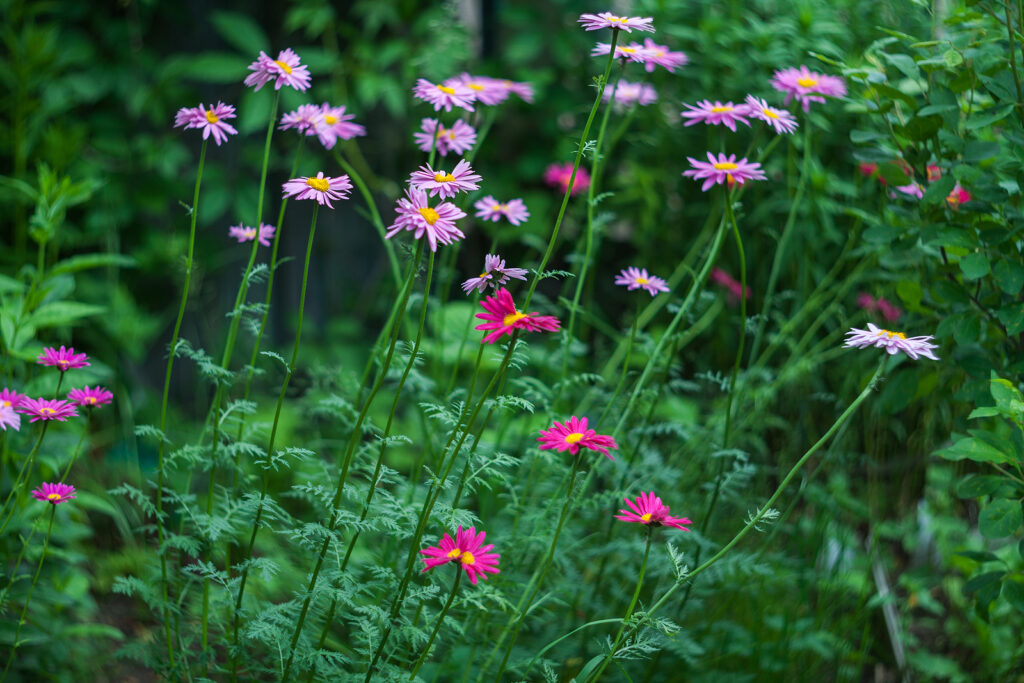
Planting and spacing Tanacetum
- Sow seed indoors in a light potting soil.
- Sow seed outdoors in evenly prepared soil after the last frost in spring.
- Set container-grown plants in the garden after the last frost in spring or in autumn.
- Space Tanacetum 18 to 24 inches (45-61cm) apart depending on the variety.
How to water and feed Tanacetum
- Keep the soil evenly moist.
- Fertilize Tanacetum with an all-purpose slow-release fertilizer in spring.
Tanacetum care
- Deadhead Tanacetum regularly to keep them neat and prevent too many self-sown seedlings.
- Tanacetum can be cut back to encourage plants to produce a second flush.
Tanacetum pests and diseases
- Aphids, chrysanthemum nematode, and leaf miners can be a problem.
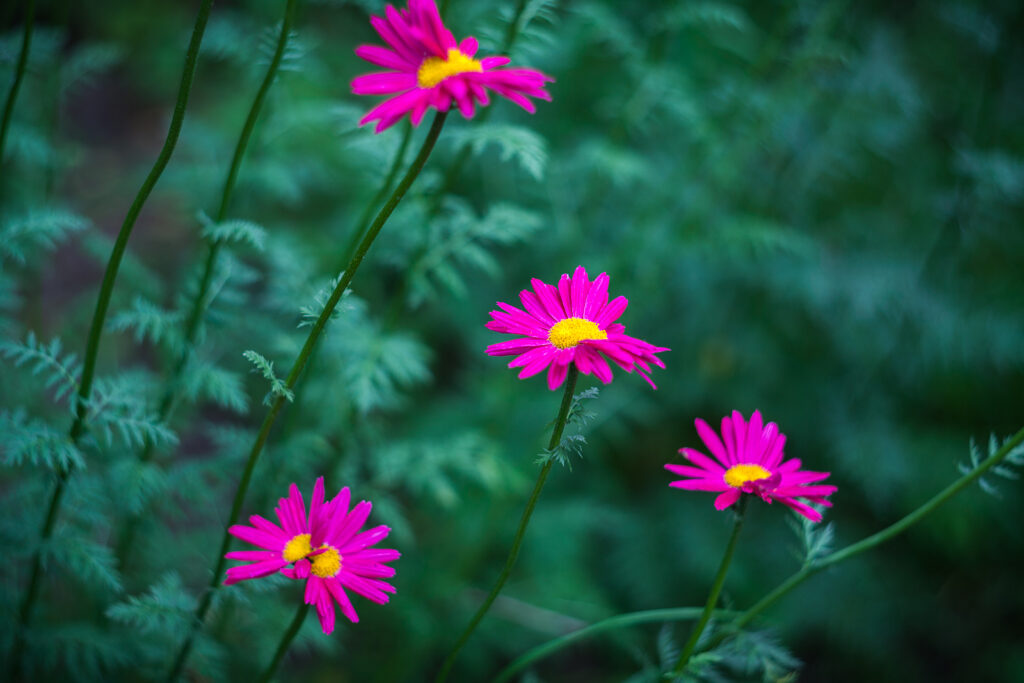
Tanacetum propagation
- Divide plants or root basal cuttings in spring.
- Take cuttings in early summer or sow seeds.
Tanacetum varieties to grow
- Tanacetum coccineum, painted daisy: Bushy perennial grows to 30 inches high and half as wide; bears deeply cut leaves; daisy-like flowers in shades of pink, red, yellow, and white in summer.
- T. parthenium, feverfew: Bushy perennial grows to 2 feet tall and spreads half as wide; bears aromatic feathery leaves with 1-inch-wide daisy-like white flowers with yellow centers; several cultivars include ‘Aureum’, ‘Flore Pleno’, ‘Snowball’, and ‘Tetra White.’
- T. vulgare, common tansy: Perennial grows 2 to 3 feet tall and spreads half as wide; bears mounds of featherlike leaves topped by clusters of bright yellow ½ inch wide buttonlike flower heads.

